ABOUT THE CONTRIBUTORSDavid Brill, British origami artist, author of Brilliant Origami, and long recognized as one of the worlds leading creative folders, is honorary member and president of the British Origami Society. He has produced a stunning series of ground-breaking designs, all demonstrating his innate ability to design beautifully engineered solutions and to fill the model with life through deft touches at the closing stages. He was awarded the Sidney French Medal by the British Origami Society for his outstanding contribution to origami. Hideto Fuse was born in 1960 in Japan, in the prefecture of Gunma. He graduated from the Academy of Fine Arts in Tokyo. He obtained a Research Doctorate.
As an art critic and anatomist, he has published some fifty titles, including No no naka no bijutsukan [The Museum in the Mind] and Bi no hoteishiki [The Equation of Beauty]. His research focuses on a theory of aesthetics as a conjunction between science and art. Robert J. Lang, born in 1961, has been deeply involved in origami since the age of six, when he discovered several instructions for traditional designs in a library book. This early beginning ignited a lifelong passion for the art. He is now considered one of the leading origami artists in the world, with hundreds of original creations to his credit, as well as fourteen books authored, co-authored, or edited on the art, and numerous articles and instructions published in origami periodicals.
He regularly lectures and teaches origami at conventions and workshops around the world. He has a Ph.D. in Applied Physics from Caltech, and has used his mathematical and engineering training to advance origami, both artistically and in its applications to science and technology. In his origami career, he has drawn upon many sources and influences, not least of which is the work of Yoshizawa-sensei. Yoshizawas techniques, both technical and artistic, played a major role in Langs own origami evolution. ACKNOWLEDGMENTS I am very grateful for the support and assistance of the many people who helped me in the preparation of this book. ACKNOWLEDGMENTS I am very grateful for the support and assistance of the many people who helped me in the preparation of this book.
For the introduction, I send heartfelt thanks to my fellow origami artist, Robert Lang, who was among the first to introduce science into this extraordinary paper universe, as well as to Hideto Fuse, who promptly agreed to help me view origami from the perspective of contemporary art. David Brill, my long-time origami companion, has also supported me in this endeavor, demonstrating an intimate understanding of my work. My thanks also go to the photographer Tsuyoshi Hongo, who has tirelessly devoted himself to executing the images, the photographer Kengo Endo, as well as Yoshiaki Teshima, for their suggestions regarding the photography, and finally to lighting designer Tadahiko Aso. The publisher thanks the origami master Francesco Decio for his valuable advice. AN ART WITH RULES Origami is not an art without rules. Constraints and restrictions begin at the very moment that we make the first crease in the sheet.
As we proceed to fold, the field of possibilities begins to narrow until only that particular form becomes possible. But if we get it right, the result leaves us breathless. What a great joy it is whenever an entire world is uncovered through a brief series of gestures. Not necessarily everything begins with a preliminary design and plan for a specific object to be attained. An idea can easily pop up even at a seemingly insignificant moment, when, for example, we suddenly decide to flatten a certain fold or twist a certain element, or get an urge to roll up an edge or perhaps bend a component in half, and then in half again. We think as we fold.
Head and hand work together. The sensation that overcomes us as we perform one gesture after another is the desire not so much to create as to search and discover. Each time we make a fold in the right place and, by combining the various elements bit by bit, succeed in completing a model, we think to ourselves with great satisfaction, See! Thats how its done! Handling paper is not like handling clay. Some use both in the same manner, but that is not my philosophy. In fact, it is precisely because paper cannot be molded according to our wishes that heretofore unseen forms may emerge from it. My goal is never to impose a shape of something onto the paper, but rather the reverse, to discover the amazing forms that slowly take shape as I proceed to fold it.
This is what truly fascinates me. Tomoko Fuse
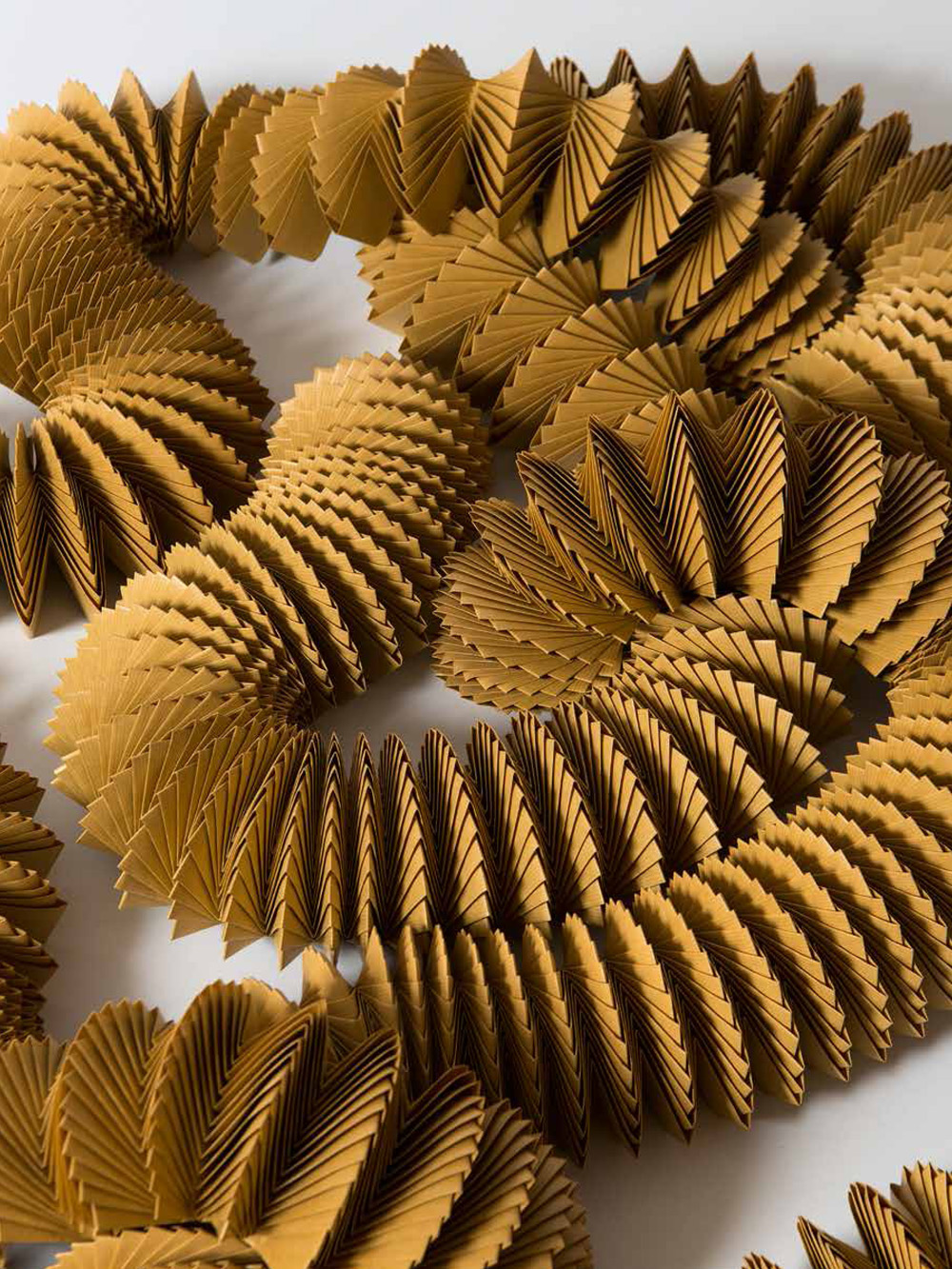 SNAKE Width x Height 5.3 x 3.7 inches (135 x 95 mm)
SNAKE Width x Height 5.3 x 3.7 inches (135 x 95 mm)
BIBLIOGRAPHY 10/8/1981
Origami no tanoshimi [The Pleasure of Origami], Chikuma Shob, 1200 yen 10/12/1983
Yunitto origami [Modular Origami], Chikuma Shob, 1200 yen 25/10/1986
Hako wo tanoshimu [Fun with Boxes], Chikuma Shob, 1000 yen 15/12/1896
Yunitto arakaruto [Modular Origami la Carte], Chikuma Shob, 1000 yen 20/4/1987
Rittai nana henke [Seven Variations on the Polyhedron], Chikuma Shob, 1000 yen 25/2/1897
Seich suru rittai [Expanding Solids], Chikuma Shob, 1000 yen 29/9/1987
Rittai wo tsukur [Lets Build Solids], Seibund, 880 yen 29/9/1987
Rittai wo tsukur [Lets Make Boxes], Seibund, 880 yen 29/9/1987
Tsukatte asob [Playing with Origami], Seibund, 880 yen 17/2/1988
Hako no hyakumens [
The Hundred Sides of a Box], Chikuma Shob, 1000 yen 7/3/1988
Chhkei de or [
Making Origami from Rectangular Sheets], Seibund, 880 yen 12/7/1988
Rittai karakuri [Three-Dimensional Devices], Seibund, 880 yen 12/10/1988
Tsunaide tsukur [Building through Assemblage], Seibund, 880 yen 12/10/1988
Sekai no yunitto origami [Modular Origami the World Over], Seibund, 880 yen 30/8/1989
Hako jiyjizai 1 [Boxes for Every Taste 1], Chikuma Shob, 1230 yen 30/9/1989
Hako jiyjizai 1 [Boxes for Every Taste 2], Chikuma Shob, 1230 yen 25/10/1989
Hishigata rittai to omoshiro box [Rhombic Polyhedrons and Fun Boxes], Chikuma Shob, 1230 yen 25/11/1989
Rittai mangeky [3D Kaleidoscope], Chikuma Shob, 1230 yen 5/4/1990
Origami hto [Origami Hearts], Chikuma Shob, 1230 yen 23/1/1990
Rittai baraet [Various Geometric Solids], Seibund, 970 yen 23/1/1990
Hako baraet [Various Boxes], Seibund, 970 yen 22/2/1991
Shiki no hako [Boxes for the Four Seasons], Seibund, 1200 yen 22/2/1991
Kazari no aru hako [Decorated Boxes], Seibund, 1200 yen 10/12/1991
Dekorshon box [Decorated Boxes], Chikuma Shob, 1200 yen 17/1/1992
Rasen wo or [Lets Create Spirals], Chikuma Shob, 1200 yen 12/2/1992
Ugoku origami [Self-Propelled Origami], Seibund, 1200 yen 20/2/1992
Ichimai ori no hako [Constructing Boxes Out of a Single Sheet], Chikuma Shob, 1200 yen 1/9/1992
Tanoshii hako no sekai [The Fun World of Boxes], Shinsei Shuppansha, 1300 yen 1/9/1992
Fushigina rittai no sekai [The Amazing World of Solids
], Shinsei Shuppansha, 1300 yen 25/5/1993
Tsuru to gi to [Cranes and Fans], Chikuma Shob, 1200 yen 20/9/1993
Osharena komonotachi [Small Chic Objects], NHK Shuppan, 2330 yen 7/7/1994
Next page
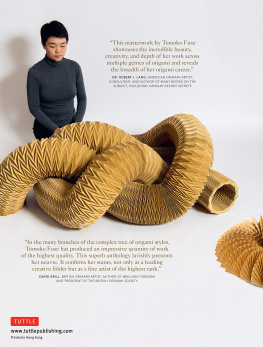
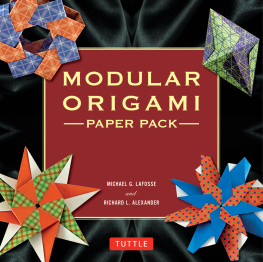

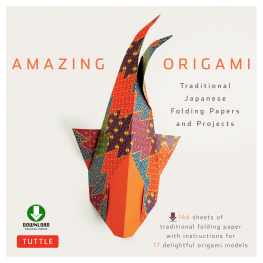
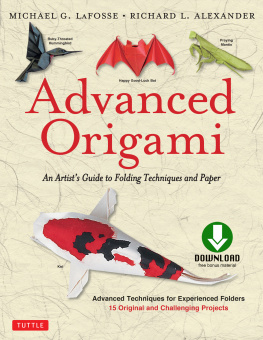
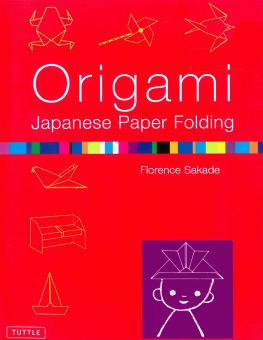

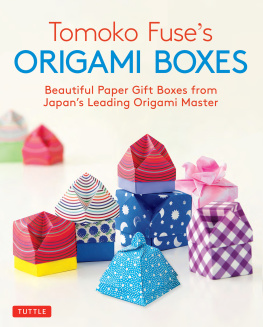
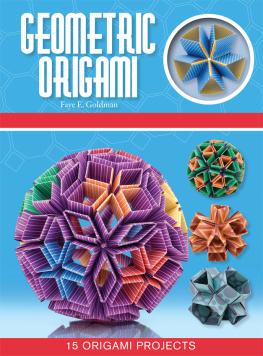

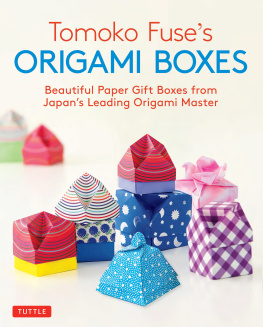

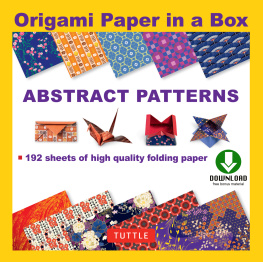

 SNAKE Width x Height 5.3 x 3.7 inches (135 x 95 mm)
SNAKE Width x Height 5.3 x 3.7 inches (135 x 95 mm)
